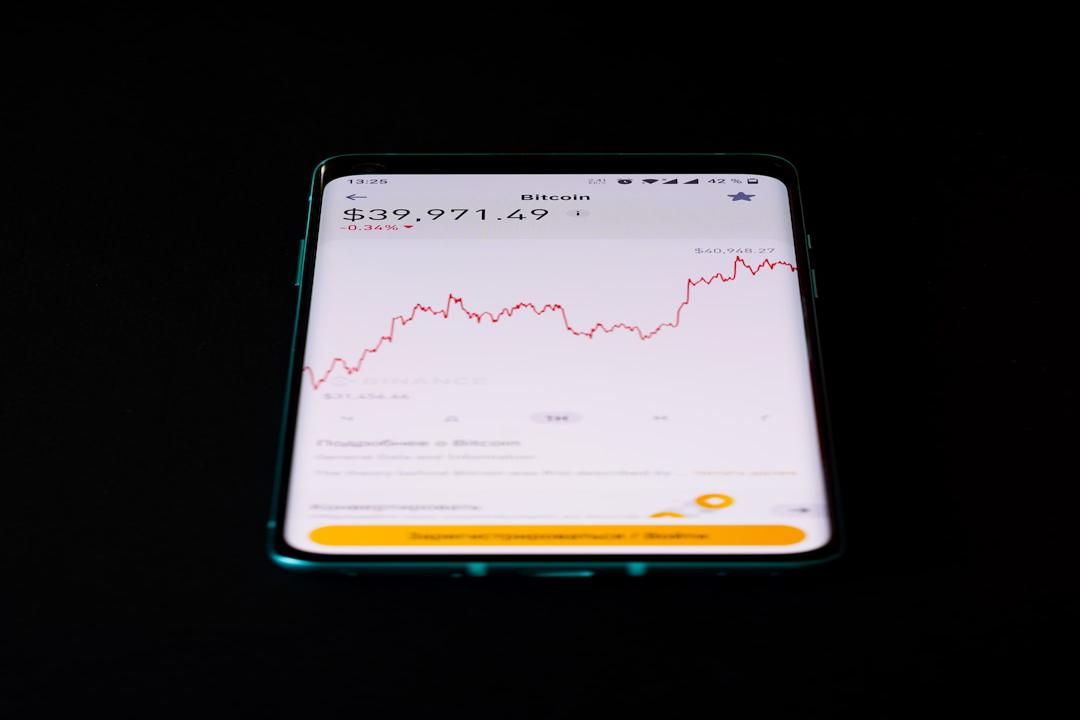The Cancun upgrade was officially launched on the Ethereum mainnet on March 13th. After introducing Blob, various Ethereum Layer2 networks such as Starknet and Optimistic have seen a significant decrease in gas fees. What changes will this bring to Ethereum in the future?
The main goal of the Cancun upgrade is to enhance the scalability and modularity of the L2 network, improve the security features of the Ethereum network, and enhance overall usability. The most notable proposal is EIP-4844 (Proto-Danksharding), a prelude to the complete shard scaling solution Danksharding. The entire shard solution revolves around Rollup for on-chain scaling, aiming to expand the L2 Rollup ecosystem, help reduce fees and increase throughput, and pave the way for full shard implementation.
In simple terms, the biggest advantage of the Cancun upgrade is the reduction in transaction costs on L2. Ethereum core developer eric.eth has previously stated that the implementation of EIP-4844 will lead to gas costs for L2 transactions on Ethereum decreasing to around $0.01. According to the website launched by Optimism, the transaction cost for executing a swap on Uniswap will be reduced from the current $0.59 to $0.01.
With the Cancun upgrade and the anticipation of an Ethereum ETF, the price of Ethereum has risen from $2300 to $4000. Now that Cancun has been activated on the mainnet and gas fees have decreased, it is expected to encourage users to participate in more applications and increase their on-chain activities.
However, some in the community believe that EIP-4844 will reduce Ethereum’s overall revenue. Although the fees paid by L2 for Ethereum will indeed decrease, this reduction is unlikely to have a significant impact on Ethereum’s total fees. L2 fees for Ethereum account for only about 7-10% of the total revenue.
Furthermore, the lower gas fees on L2 may further incentivize a surge in airdrops, which could increase on-chain interactions and overall value generated within the network, benefiting Ethereum and its ecosystem.
On the other hand, it is worth noting that the fees for most altcoins have already reached an annualized rate of 100% or even higher, indicating that most retail investors are chasing the altcoin market as Bitcoin and Ethereum continue to break new highs.
One viewpoint suggests that after the Cancun upgrade, more Dapps will independently build on one Rollup, which may be beneficial to the RaaS (Rollup as a Service) market. Previously, Charles d’Haussy, the CEO of the dYdX Foundation, also stated that if the ecosystem wants further development, it needs to build its own chains.
The hype surrounding the Cancun upgrade is essentially due to EIP-4844 and the introduction of Blob, which brings three key enhancements. In addition to reducing transaction costs, it also enhances the scalability of Ethereum and enables the community to test the network’s ability to handle increased data loads in production, preparing for the full shard upgrade.
Compared to existing methods, EIP-4844 and Blob transactions can more efficiently utilize block space. Additionally, since blobs are a different type of transaction, they have their own fee market and are not affected by the increased regular transaction activity on the Ethereum mainnet.
Bankless analysts have pointed out that in the long run, as L2 becomes cheaper, it will open up design space for building unique applications on top of it. For example, many high-throughput-demanding applications such as AI and dePIN projects can choose to build on L2, or even L3.
According to L2BEAT data, as of the time of writing, among the top L2 solutions, ZK Rollup systems like ZkSync and Starknet, as well as Optimistic Rollup systems like Optimism and Base, have switched to using Ethereum mainnet Blob. After the switch, the gas fees for these four L2 solutions have decreased by an order of magnitude.
However, it should be noted that the current decrease in gas fees has been achieved in the absence of large-scale adoption by applications that consume a lot of gas, such as Arbitrum and Blast, and the current gas fees are still two orders of magnitude higher than those of Celesta.
Therefore, the specific impact of the Cancun upgrade will need to be evaluated after all top L2 solutions have switched their DA layers, and after Rollup parameters are adjusted and market competition strategies are balanced.
From the current market performance, Ethereum and general L2 solutions have not seen significant increases. It is believed that after the Cancun upgrade, the main revenue stream for the Ethereum mainnet will be selling block space, and the revenue from the application layer will be transferred to general L2 solutions.
However, general L2 teams are heavily ideological and are not competitors to chains like Solana. The price of SOL has been steadily rising in this cycle, and even the token prices of other projects within the Solana ecosystem have seen a general increase. Various projects in the DeFi, DePin, and AI sectors have followed Solana’s lead, resulting in an increase in Total Value Locked (TVL), reaching $3.6 billion at the time of writing.
In conclusion, the Cancun upgrade on Ethereum has the potential to bring significant changes to the ecosystem, including the reduction of gas fees on L2 and the promotion of the RaaS market. However, it remains to be seen how this upgrade will impact Ethereum’s overall revenue and whether L2 solutions can effectively compete with chains like Solana.

